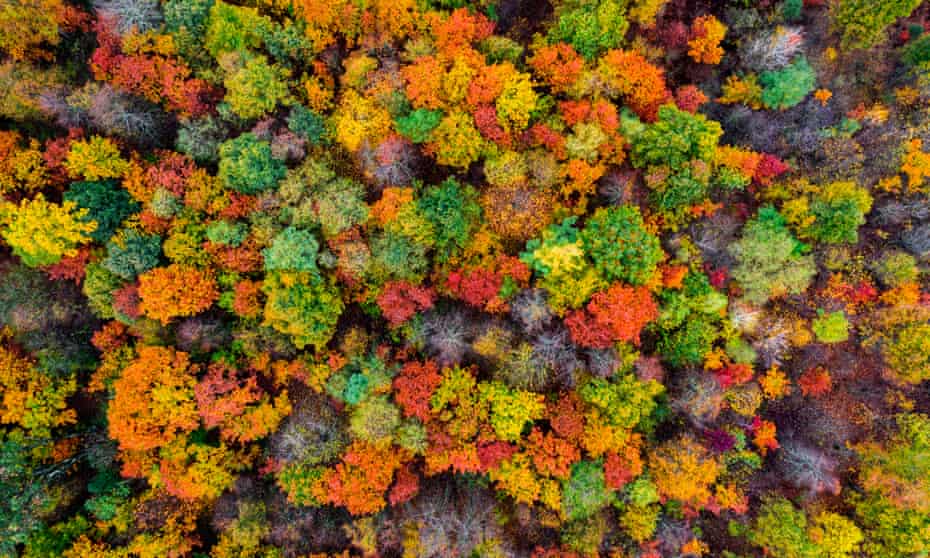James_H
And I like to roam the land
- Joined
- May 18, 2002
- Messages
- 7,629
Do Trees Talk to Each Other?
Smithsonian Magazine
Smithsonian Magazine
FULL STORY: https://www.smithsonianmag.com/science-nature/the-whispering-trees-180968084/... A controversial German forester says yes, and his ideas are shaking up the scientific world
I’m walking in the Eifel Mountains in western Germany, through cathedral-like groves of oak and beech ... The trees have become vibrantly alive and charged with wonder. They’re communicating with one another, for starters. They’re involved in tremendous struggles and death-defying dramas. To reach enormousness, they depend on a complicated web of relationships, alliances and kinship networks. ...
Wise old mother trees feed their saplings with liquid sugar and warn the neighbors when danger approaches. Reckless youngsters take foolhardy risks with leaf-shedding, light-chasing and excessive drinking, and usually pay with their lives. Crown princes wait for the old monarchs to fall, so they can take their place in the full glory of sunlight. It’s all happening in the ultra-slow motion that is tree time, so that what we see is a freeze-frame of the action. ...
My guide here is a kind of tree whisperer. Peter Wohlleben, a German forester and author, has a rare understanding of the inner life of trees, and is able to describe it in accessible, evocative language. ...
A revolution has been taking place in the scientific understanding of trees, and Wohlleben is the first writer to convey its amazements to a general audience. The latest scientific studies, conducted at well-respected universities in Germany and around the world, confirm what he has long suspected from close observation in this forest: Trees are far more alert, social, sophisticated—and even intelligent—than we thought. ...
Since Darwin, we have generally thought of trees as striving, disconnected loners, competing for water, nutrients and sunlight, with the winners shading out the losers and sucking them dry. ...
There is now a substantial body of scientific evidence that refutes that idea. It shows instead that trees of the same species are communal, and will often form alliances with trees of other species. Forest trees have evolved to live in cooperative, interdependent relationships, maintained by communication and a collective intelligence similar to an insect colony. ...
Last edited by a moderator:


